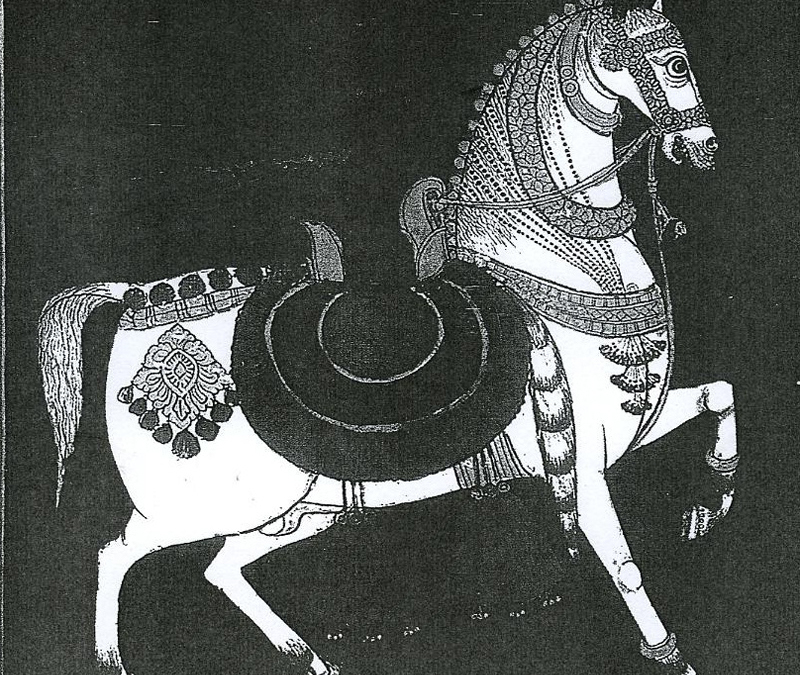Dressage takes study and practice but also it takes a certain way of being with the horse. Practice and study are not enough. Fame and the high regard of peers are not a certainty of good dressage either.
So many times the images that we have seen in the media or in the show world have very little to do with good training or with the riding, but much more to do with the breeding. The public, in general, seems unable to discern the difference.
Judges who can only rely on superficial appearance have become the authorities, replacing the judgment of the horse itself who has to live with various training systems. Poor and mediocre trainers rose to the top and created a strong influence on training and thinking based on superficial appearance, and in this way many errors in dressage became “correct” in the public’s eye. Appearance is what is sought, if it doesn’t look the way a finished dressage horse should look, it is assumed that the work must be wrong.
Poor appearance is not only normal in training horses, but it is to be permitted and allowed as the horse seeks to come to terms with its conformation, soundness issues and the practical demands placed on it by the human-horse relationship. There is no judging standard for this but only the horse’s mental well-being as a guide to correctness.
The process of suppling itself, which eventually leads to a superior position, also allows or creates positions which are irregular and beyond the normal range of motion. The guide here is also the emotional well-being of the horse and not some external authority.
Dressage, as a result, finds itself with two types of motivation. One type of motivation is seeking satisfaction for the judge, an instructor or oneself. The other is the motivation of seeking comfort for the horse. These two motivations do not necessarily exclude each other, but the genuine trainer sees in the horse a sentient being whose welfare is always placed first.
To consider the welfare of the horse first and to find an authentic dressage means the cultivation of a mindset which finds the path to a dressage beyond superficial appearance. This is a richer and more rewarding dressage for both the horse and human.
Good dressage takes effort and a certain compassion for the horse which must be present, and there is a laziness which every aspirant to higher dressage must overcome to find this richer dressage.
There are three kinds of laziness which we must come to terms with:
The first type is underestimating oneself. We feel unable to meet the standard and so we do not try to. Supported by our own harsh judgments of our self, we avoid the work or taking the time to work with the horse or our own minds.
The second type of laziness is called the “laziness of attachment to bad methods.” Many of us have spent years learning dressage and become attached to our own expertise and so we do not want to start again even when we find ourselves blocked.
We would prefer to buy a new horse or change instructors rather than start at the beginning again and again, and yet there is no upper-level work possible which does not rest in a most simple beginning. Good dressage is never found in advanced work but in the most basic work done very well.
The third type of laziness is the laziness of indifference. This is what most of us ordinarily understand by the term laziness. It is just doing nothing at all. We make no effort and are content with aggression to resolve the issues which arise in the horse.
To learn to work with the horse brilliantly requires that we find a healthy place to stand, motivations based in something true and sustainable. The motivations are “mind generation” or “mind development” for the horse and human, and both generation and development are needed to rise above our natural laziness. For any training to succeed, one needs to have in both, horse and the human, a mind that is at rest, relaxed, peaceful, tamed, and well-trained.
The educated horse person has found the motivation, compassion and wisdom to move themselves into the upper-levels of our own being by not forgetting the horse. The best dressage is simple kindness, skillfully applied in a cradle of loving kindness of aids which remove all doubt in the horse mind and find a true partnership with each other.


Recent Comments